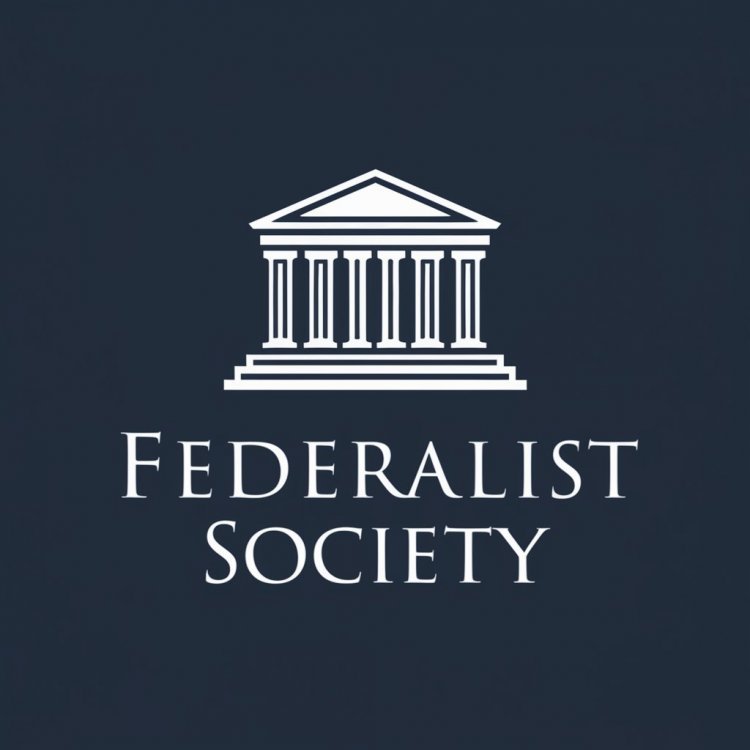Project 2025: A Conservative Plan to Restructure the US Supreme Court
Explore Project 2025, a controversial conservative plan to restructure the US Supreme Court, including expanding justices, imposing term limits, and restricting jurisdiction, amid concerns of politicization and impact on judicial independence.

Project 2025: A Conservative Plan to Restructure the US Supreme Court
Introduction
In recent years, the structure and functioning of the United States Supreme Court have become subjects of intense debate. Project 2025, an initiative spearheaded by the conservative legal group, the Federalist Society, proposes a significant overhaul of the Court. This plan includes expanding the number of justices, imposing term limits, restricting the Court's jurisdiction, and creating a new National Court of Appeals. While proponents argue these changes are necessary for a more efficient and balanced judiciary, critics contend that Project 2025 is a thinly veiled attempt to politicize the Court and advance a conservative agenda.
Key Proposals of Project 2025
Expanding the Supreme Court
One of the most controversial aspects of Project 2025 is the proposal to expand the Supreme Court from nine to twelve justices. Proponents argue that a larger Court would enhance its ability to handle a growing caseload and provide a broader representation of judicial philosophies. They claim that the expansion is a practical step towards improving the Court's functionality.
However, critics argue that this move is a blatant attempt to shift the ideological balance of the Court. By adding three more justices, appointed by a conservative administration, the balance could tilt significantly to the right. This raises concerns about the impartiality and independence of the judiciary, which is meant to act as a check on the other branches of government.
Imposing Term Limits on Justices
Another significant proposal in Project 2025 is to impose term limits on Supreme Court justices. Currently, justices serve lifetime appointments, which can lead to prolonged periods of influence by a single judge. The Federalist Society suggests a fixed term, such as 18 years, after which justices would retire or move to a lower court.
Advocates believe term limits would ensure regular turnover, preventing justices from accumulating excessive power and encouraging appointments based on merit rather than political expediency. However, opponents argue that term limits could undermine judicial independence by making justices more susceptible to political pressures, especially toward the end of their terms. This could compromise their ability to make decisions based solely on legal principles rather than external influences.
Restricting the Court's Jurisdiction
Project 2025 also proposes restricting the Supreme Court's jurisdiction over certain cases. The idea is to limit the types of cases the Court can hear, particularly those that are highly contentious or politically charged. This measure aims to prevent the Court from becoming embroiled in issues that could undermine its neutrality.
Critics, however, see this as a dangerous encroachment on judicial authority. By restricting the Court's jurisdiction, there is a risk of curtailing its ability to protect individual rights and uphold constitutional principles. This move could also be viewed as an attempt to avoid judicial scrutiny of controversial legislation passed by a conservative Congress, thus undermining the checks and balances system.
Creating a National Court of Appeals
The final major proposal of Project 2025 is the creation of a new National Court of Appeals. This court would handle certain cases currently within the Supreme Court's purview, effectively acting as an intermediary appellate court. Proponents argue that this would alleviate the Supreme Court's workload, allowing it to focus on the most critical and complex cases.
While this proposal may seem pragmatic, critics argue that it could lead to a fragmented judiciary and create inconsistencies in the interpretation of federal law. Additionally, the National Court of Appeals could become a tool for advancing specific political agendas, particularly if its judges are appointed based on partisan considerations.
Why is Project 2025 Alarming?
The alarm surrounding Project 2025 stems from its perceived partisanship and potential to disrupt the balance and independence of the US judiciary. Critics argue that the initiative is a strategic move to entrench conservative values within the highest levels of the judicial system, thereby influencing landmark decisions on issues like abortion, voting rights, and LGBTQ+ rights.
Politicization of the Court
One of the core concerns is the overt politicization of the Supreme Court. By expanding the Court and imposing term limits, Project 2025 could lead to more frequent and ideologically driven appointments. This undermines the principle of an impartial judiciary that serves as a check on the legislative and executive branches.
Undermining Judicial Independence
Restricting the Court's jurisdiction and creating a new appellate court could undermine the independence of the judiciary. These measures may limit the Court's ability to safeguard constitutional rights and uphold the rule of law. Critics fear that such changes could lead to a judiciary that is more responsive to political pressures than to legal principles.
Reversal of Landmark Decisions
There is also concern that Project 2025 could pave the way for the reversal of landmark Supreme Court decisions. Cases related to abortion rights, voting rights, and LGBTQ+ rights, which have been settled by previous Courts, could be revisited and potentially overturned. This raises significant apprehension about the erosion of established rights and protections.
Conclusion
Project 2025 represents a bold and contentious proposal to restructure the US Supreme Court. While proponents argue that it is necessary for a more efficient and balanced judiciary, critics view it as a partisan attempt to politicize the Court and advance a conservative agenda. The potential implications for the independence of the judiciary, the balance of power, and the protection of individual rights make this initiative a subject of significant concern and debate. As the US moves closer to 2025, the discussion around these proposed changes will undoubtedly intensify, shaping the future of the nation's highest court.
What's Your Reaction?




















